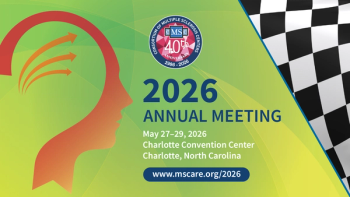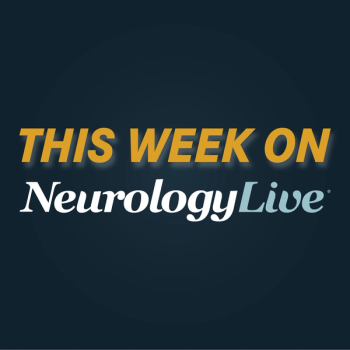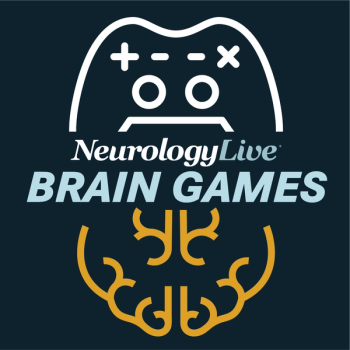
Enhancing Brain Plasticity by Personalized and Closed-Loop Neuromodulation: Roy H. Hamilton, MD, MS, FAAN
The professor of neurology at the University of Pennsylvania Perelman School of Medicine discussed the evolving role of noninvasive neuromodulation in promoting brain plasticity. [WATCH TIME: 3 minutes]
WATCH TIME: 3 minutes
“There's a lot of exciting work coming out with respect to how neuromodulation is being informed by other advances in technology and in our understanding of the brain, and that's leading to a couple of different emerging advances that I think are going to be really important.”
A growing body of research supports the role of noninvasive brain stimulation including transcranial magnetic stimulation and transcranial direct current stimulation in promoting neuroplasticity and improving outcomes following acquired brain injury. A recent review of 22 studies involving 657 participants reported that the majority demonstrated either enhanced brain plasticity, improved behavioral function, or both, with noninvasive brain stimulation.2 While there was variability in the efficacy of the data, especially across individual protocols, these results reinforce the potential of neuromodulation to meaningfully reorganize neural circuits.
In the interview, he noted that behavioral improvements often continue to develop after neuromodulation treatment, suggesting durable neural reorganization. Hamilton emphasized 2 key technological advances shaping the future of neuromodulation which includes personalization based on individual brain network connectivity and closed-loop systems that adapt stimulation in real time based on neural signals. Hamilton noted in the conversation that these innovations may enable more effective, tailored interventions for neurological conditions.
REFERENCES
1. Eliason M, Kalbande PP, Saleem GT. Is non-invasive neuromodulation a viable technique to improve neuroplasticity in individuals with acquired brain injury? A review. Front Hum Neurosci. 2024;18:1341707. Published 2024 Sep 4. doi:10.3389/fnhum.2024.1341707
2. Hamilton RH. Houston Merritt Lecture: Rewiring the Mind: Noninvasive Brain Stimulation Approaches to Translational Neurorehabilitation. Presented at: 2025 AAN Annual Meeting; April 5-9; San Diego, CA. PL3 - Presidential Plenary Session.
Editor’s Note: Hamilton has disclosed that he has received personal compensation for serving on a Scientific Advisory or Data Safety Monitoring board for Highland Instruments, serving as an officer or member of the Board of Directors for McKnight Brain Research Foundation, and serving as an Editor, Associate Editor, or Editorial Advisory Board Member for Neurology (Journal). The institution of Hamilton has received research support from NIH, Department of Defense, and Chan Zuckerberg Initiative.
Newsletter
Keep your finger on the pulse of neurology—subscribe to NeurologyLive for expert interviews, new data, and breakthrough treatment updates.




















